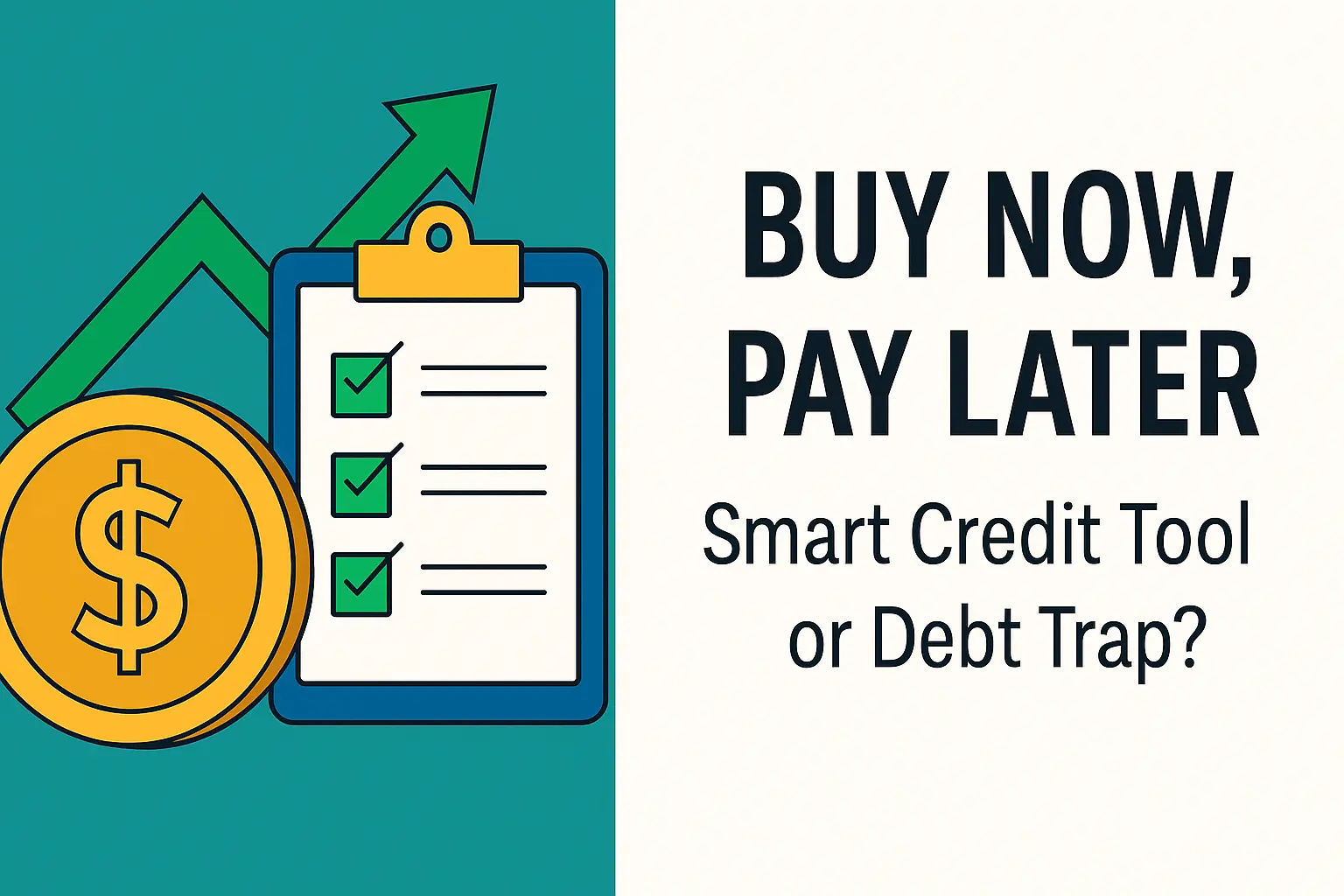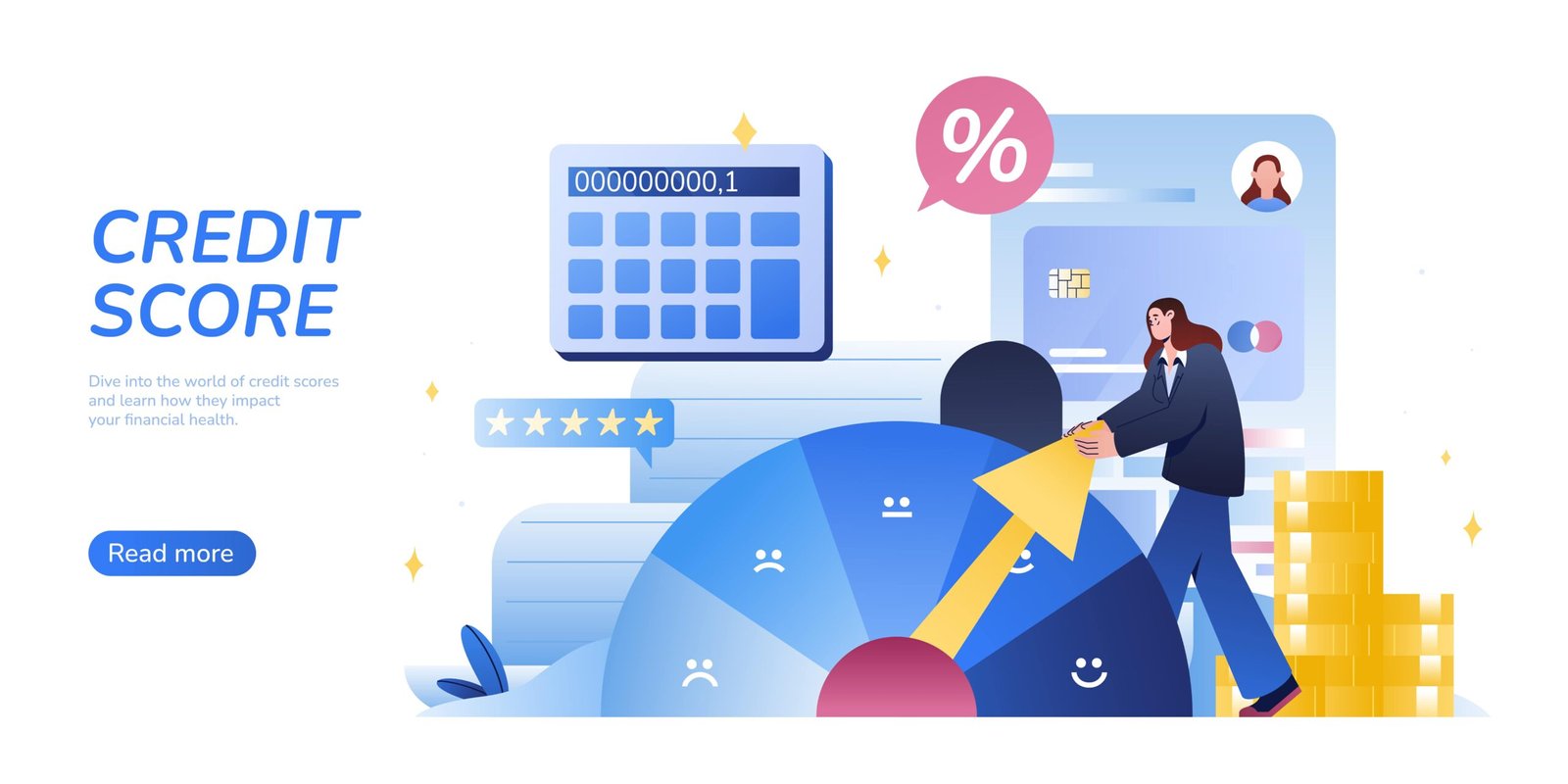In today’s fast-paced digital economy, Buy Now, Pay Later (BNPL) services have emerged as a revolutionary way to shop. From online electronics to groceries and travel bookings, BNPL options appear at checkout screens across countless websites. With a few taps, consumers can take their products home — and worry about payments later.
But this financial tool isn’t as simple as it seems.
While it may offer short-term convenience, it also opens the door to long-term debt if not handled carefully. The rapid rise of BNPL, especially among young adults and first-time credit users, raises important questions: Is it a smart credit strategy? Or is it a psychological trap disguised as financial flexibility?
Let’s explore the details of how BNPL works, its benefits, risks, and whether it deserves a place in your personal finance toolkit.
What is BNPL and Why Is It Popular?
Buy Now, Pay Later (BNPL) is a form of deferred payment service. It allows consumers to buy products immediately and pay for them over a set period — often in weekly or monthly interest-free installments. BNPL providers pay the merchant upfront, and the consumer repays the provider.
One of the key reasons for its rising popularity is simplicity. Traditional loans or credit cards require paperwork, credit checks, and approval wait times. BNPL, on the other hand, is often instantly available at checkout, with just a few clicks.
This ease of use appeals to millennials and Gen Z, many of whom either don’t qualify for traditional credit or prefer not to use it. The appeal grows in countries like India, where a large portion of the population remains underserved by formal banking. Platforms like ZestMoney, LazyPay, Simpl, and Amazon Pay Later are filling this credit gap — but not always without consequence.
How BNPL Works: Behind the Scenes
Although it looks simple on the surface, BNPL is actually a short-term unsecured loan. When a user selects BNPL, the provider steps in and pays the merchant on their behalf. In return, the customer agrees to repay the provider in multiple installments.
Some services offer “Pay Later” options with due dates after 14 or 30 days. Others break down the payment into EMIs over 3–12 months, sometimes with 0% interest if paid on time.
However, not every BNPL plan is free. Some providers charge processing fees, platform usage charges, or late penalties. These often go unnoticed during the initial purchase.
What complicates matters is that many users juggle multiple BNPL services at once. Without proper tracking, repayment dates can overlap, leading to missed payments and unexpected charges — all of which can silently pile up into debt.
Some providers now report defaults to credit bureaus, meaning late payments can hurt your credit score. The “easy” credit, in other words, comes with strings attached — just like any other loan.
Benefits of BNPL (When Used Responsibly)
BNPL isn’t entirely bad — in fact, it offers practical advantages when used cautiously and with discipline. Here are the key benefits:
1. Zero-Interest Credit (Short Term)
Many BNPL plans offer 0% interest if repaid within the promotional period. This is cheaper than using a credit card or personal loan for short-term purchases.
2. Instant Access to Credit
You don’t need a credit history or lengthy application process. Approval is often instant, making it accessible to students, freelancers, and first-time borrowers.
3. Improves Budgeting for Big Purchases
Splitting a large cost into 3–6 instalments makes it easier to manage cash flow, especially for essential items like electronics or home repairs.
4. Can Help Build Credit
If the BNPL provider reports repayment behaviour to bureaus, timely payments can improve your credit score, helping you qualify for better financial products later.
5. No Need for a Credit Card
BNPL gives access to structured borrowing without needing a credit card, which is useful in countries where card penetration is still low.
Risks and Dangers: When BNPL Becomes a Trap
While BNPL offers flexibility, it also comes with serious downsides. If misused, it can lead to a cycle of debt, missed payments, and poor financial habits.
1. Encourages Impulse Buying
BNPL removes the pain of paying now, leading people to purchase items they might not otherwise afford. This fuels emotional or impulsive shopping.
2. Overlapping EMIs
Using multiple BNPL providers at the same time can result in confusing repayment schedules. Without a system to track dues, users easily miss payments.
3. Hidden Fees and Charges
Not all BNPL plans are free. Some include late fees, interest beyond the grace period, or penalty charges hidden in the fine print.
4. Negative Impact on Credit Score
Defaults are increasingly reported to credit bureaus. A single missed EMI can hurt your credit score, affecting your chances of getting future loans.
5. Creates a False Sense of Affordability
Because payments are split over time, users tend to overestimate their ability to repay. This leads to debt accumulation and financial strain.
Should You Use BNPL or Avoid It?
Whether BNPL is right for you depends on your financial behavior. It’s neither inherently good nor evil — it’s a tool. Like all tools, its value depends on how it’s used.
Use BNPL if:
- You are financially disciplined
- You make mostly essential purchases
- You track your repayments accurately
- You have a steady monthly income
- You understand and agree to all the terms
Avoid BNPL if:
- You already struggle with debt
- You shop impulsively or emotionally
- You have irregular income
- You’re juggling multiple credit obligations
- You tend to ignore payment reminders or fine print
Using BNPL responsibly can help bridge small gaps in cash flow, but using it carelessly turns it into a dangerous debt spiral — one that’s easy to fall into and hard to escape from.
Final Thoughts: A Convenience with Consequences
BNPL is a modern evolution of short-term lending, offering convenience and speed that appeals to today’s consumers. But the ease of access should not be mistaken for harmlessness. Like any form of credit, it carries obligations, responsibilities, and consequences.
If you’re financially mindful and strategic, BNPL can be a helpful way to manage short-term needs. But if you treat it as a substitute for actual purchasing power, it will lead you into financial trouble — quietly, and often without warning.

